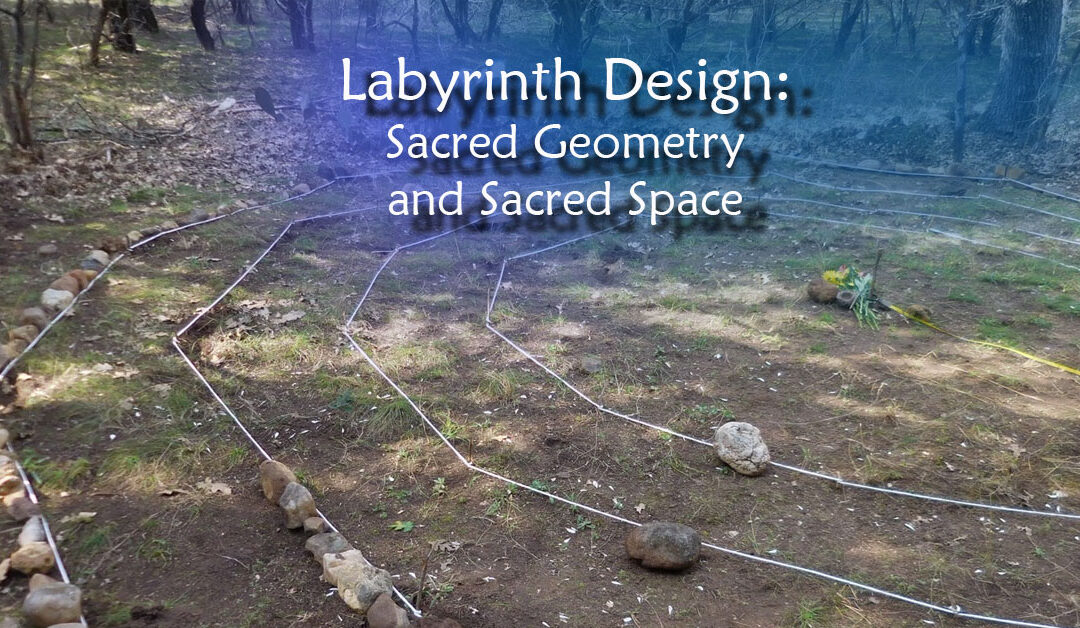Labyrinths captivate us not only through their symbolism but also with their unique and harmonious designs. Throughout history, labyrinths have been carefully crafted in various geometric patterns, each with its own aesthetic appeal and spiritual significance. These intricate designs speak to a universal desire for balance, order, and connection between the physical and spiritual realms.
The Geometry of the Labyrinth
The traditional labyrinth follows a specific geometric pattern. In many ancient labyrinths, the design is a series of concentric circles or circuits that wind their way inward toward a center point. The most common type of labyrinth, known as the “classical seven-circuit labyrinth,” features seven paths between the entrance and the center. This layout is considered highly symbolic, with the number seven often representing wholeness or spiritual completion.
Other labyrinths, like the famous Chartres Cathedral labyrinth in France, follow a more intricate pattern of eleven circuits, creating an intricate geometry that has mesmerized architects and spiritual seekers alike. The design of a labyrinth is often rooted in sacred geometry, emphasizing the connection between patterns found in nature, mathematics, and the cosmos.
The Artistic Element
Beyond their mathematical precision, labyrinths are a form of artistic expression. Historically, labyrinths have been etched into floors, carved into stone, or drawn onto paper, with the materials often adding to their sacred significance. In modern times, labyrinths are created using a variety of materials—stones, plants, grass, or even light. Some artists incorporate elements of the natural environment into their labyrinth designs, blending geometry with organic shapes and textures.
Creating a labyrinth is an art of balance. It’s a space designed not to confuse but to guide—inviting us into a journey of self-reflection through an aesthetic path.
Labyrinths in Public Spaces
Today, labyrinths are frequently found in parks, gardens, and healing centers. Whether grand and complex or simple and understated, their designs continue to inspire awe and introspection. Walking through a beautifully crafted labyrinth can feel like walking through a piece of sacred art—one that invites you to become part of the creation process as your steps follow the carefully laid path.

